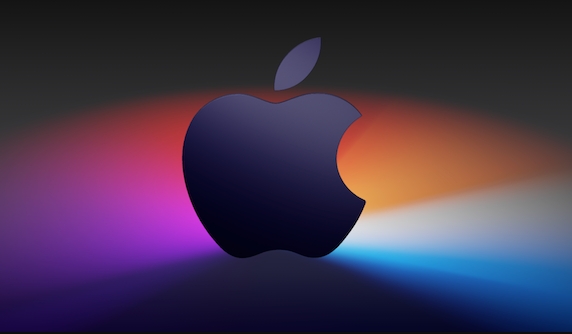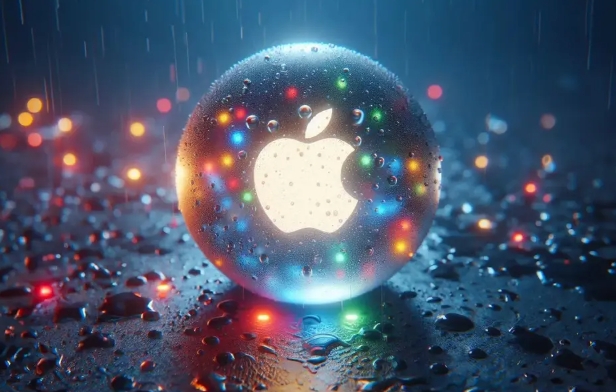Mac's inability to recognize external hard disks are usually caused by connection problems, file system incompatibility or software failure. Solutions include: 1. Check the connection and power supply to ensure that the cable and interface are normal and try to connect directly; 2. Check whether the hard disk is displayed in the disk tool and try to mount manually; 3. Confirm whether the file system is compatible (such as exFAT or FAT32), NTFS requires third-party support, and Linux format requires special drivers; 4. Restart the device or reset NVRAM/PRAM; 5. If the above steps are invalid, it may be a hardware failure. In most cases, the above steps can be used to solve the problem.

Your Mac not recognizing an external hard drive can be frustrating, but it's usually not a lost cause. Most of the time, the issue is related to connection problems, file system compatibility, or minor software glitches — things you can troubleshoot without too much hassle.

Check the Basics: Connection and Power
Before diving into complex fixes, start with the simplest possibilities.

- Make sure the drive is properly plugged in and the cable is working.
- Try a different USB or Thunderbolt port on your Mac — sometimes one port might not be functioning correctly.
- If your external drive uses its own power adapter, make sure it's plugged in and turned on.
- Swap out the cable if possible — faulty cables are more common than you'd think.
Some drives require more power than others, especially larger desktop-style external drives. If you're using a USB hub or a dongle, try connecting directly to your Mac instead.
See If the Drive Appears in Disk Utility
Even if it doesn't show up on your desk, your Mac might still detect it behind the scenes.

- Open Disk Utility (you can search for it using Spotlight).
- Look in the left sidebar — if your drive appears there, right-click it and choose Mount .
- If it doesn't mount, check the status below — it may show errors or indicate if the drive needs repair or reformatting.
Sometimes macOS just fails to auto-mount the drive, but manually mounting it through Disk Utility gets things going again.
File System Compatibility Matters
One common reason your Mac won't recognize an external drive is due to the file system it's formatted with.
- macOS can read NTFS drives (commonly used by Windows) but can't write to them by default. Some third-party apps allow writing, but they're not always reliable.
- If the drive is formatted as exFAT , it should work fine — just make sure it's properly mounted.
- Older drives formatted as FAT32 also work, but they have file size limits that may cause issues.
- Drives using Linux file systems (like ext4) typically won't show up at all unless you install special drivers.
If you see the drive in Disk Utility but it says "Not Mounted" or shows an unfamiliar format, reformatting it for Mac use might be necessary — just be aware this will erase all data.
Restart and Reset When in Doubt
Sometimes, a quick reboot can resolve recognition issues.
- Restart both your Mac and the external drive (if possible).
- If you're using an Intel-based Mac, resetting the NVRAM/PRAM might help.
- On Apple Silicon (M1/M2/etc.) Macs, simply shutting down completely for a minute then powering back on can clear up glitches.
Also, try connecting the drive after your Mac has fully booted up. Plugging it in during startup can occasionally confuse the system.
If none of these steps work, the issue could be hardware-related — either with the drive itself or your Mac's ports. But in most cases, checking connections, verifying disk status, and understanding file system limitations will get your drive recognized again.
Basically that's it.
The above is the detailed content of Why won't my Mac recognize an external hard drive?. For more information, please follow other related articles on the PHP Chinese website!

Hot AI Tools

Undress AI Tool
Undress images for free

Undresser.AI Undress
AI-powered app for creating realistic nude photos

AI Clothes Remover
Online AI tool for removing clothes from photos.

Clothoff.io
AI clothes remover

Video Face Swap
Swap faces in any video effortlessly with our completely free AI face swap tool!

Hot Article

Hot Tools

Notepad++7.3.1
Easy-to-use and free code editor

SublimeText3 Chinese version
Chinese version, very easy to use

Zend Studio 13.0.1
Powerful PHP integrated development environment

Dreamweaver CS6
Visual web development tools

SublimeText3 Mac version
God-level code editing software (SublimeText3)

Hot Topics
 Can I Show the Dock on All Screens on Mac? Using Dock on Different Displays in macOS
Jul 03, 2025 am 09:30 AM
Can I Show the Dock on All Screens on Mac? Using Dock on Different Displays in macOS
Jul 03, 2025 am 09:30 AM
If you're using a Mac with multiple monitors, you might be curious about how to display the Dock on all screens or whether it's possible to add a Dock to secondary displays.The good news is that you can configure the Dock to appear on any screen conn
 How to Remove Old Devices from Apple ID on Mac
Jul 07, 2025 am 09:08 AM
How to Remove Old Devices from Apple ID on Mac
Jul 07, 2025 am 09:08 AM
If you've owned multiple Apple devices over the years, you might find yourself in a situation where some of those older Macs, iPhones, iPads, or other Apple hardware have been sold, given away, or traded. No matter how they left your possession, it's
 How to Play Fortnite on Mac with FnMacAssistant & Sideloadly
Jul 05, 2025 am 09:21 AM
How to Play Fortnite on Mac with FnMacAssistant & Sideloadly
Jul 05, 2025 am 09:21 AM
Fortnite is once again available for iPhone and iPad users, bringing joy to many gamers. However, there's still no official version for Mac (at least not yet). Despite that, Apple Silicon Mac owners aren’t completely out of luck—you can run the iOS/i
 How to Enable iCloud Private Relay on Mac
Jul 05, 2025 am 09:36 AM
How to Enable iCloud Private Relay on Mac
Jul 05, 2025 am 09:36 AM
iCloud Private Relay is an excellent privacy feature included with the iCloud subscription, designed to safeguard your online activity and browsing by masking your IP address (using a temporary one) and encrypting DNS lookups. This prevents third pa
 How to Allow Apps During Downtime on Mac
Jul 04, 2025 am 09:03 AM
How to Allow Apps During Downtime on Mac
Jul 04, 2025 am 09:03 AM
Are you using Screen Time to manage your or your child’s Mac usage? If yes, you likely already know that it allows you to set app limits, schedule downtime on the Mac, and more. Additionally, you can also choose specific apps that remain accessible a
 How to Make MacOS Sequoia Feel Faster: Tips to Speed Up Slow MacOS
Jul 05, 2025 am 09:28 AM
How to Make MacOS Sequoia Feel Faster: Tips to Speed Up Slow MacOS
Jul 05, 2025 am 09:28 AM
macOS Sequoia is a solid operating system that brings some impressive features like iPhone Mirroring, and while performance is excellent for many users, not everyone experiences the same level of speed. If you're finding macOS Sequoia slower than pre
 How to See All Links Shared in Messages on iPhone & iPad
Jul 05, 2025 am 09:31 AM
How to See All Links Shared in Messages on iPhone & iPad
Jul 05, 2025 am 09:31 AM
If you frequently use iMessage, then you've likely shared numerous web links in your chats — maybe an article, a video, a tweet, a song, or anything else. Locating these links later can be quite frustrating, but thankfully there's a simpler method th
 Create a MacOS Tahoe 26 Beta VM with Three Commands in Terminal Using tart
Jul 06, 2025 am 09:28 AM
Create a MacOS Tahoe 26 Beta VM with Three Commands in Terminal Using tart
Jul 06, 2025 am 09:28 AM
Advanced Mac users familiar with the command line can swiftly set up a MacOS Tahoe 26 beta virtual machine by entering a few commands into Terminal, using tart. Tart is a command-line utility for managing virtual machines and offers one of the quicke






